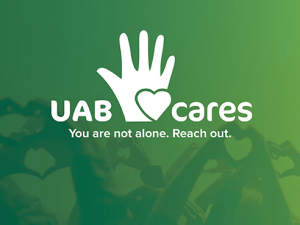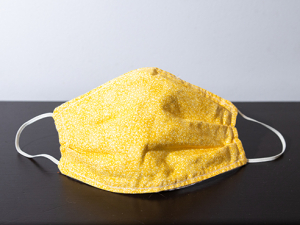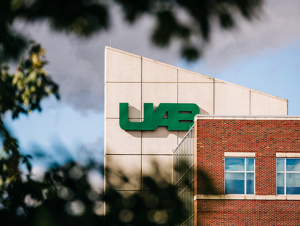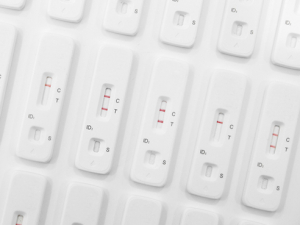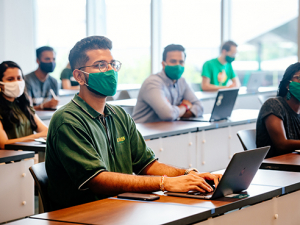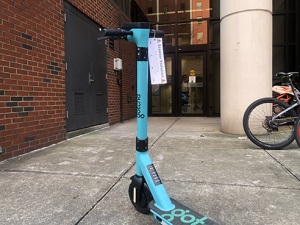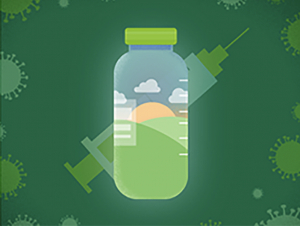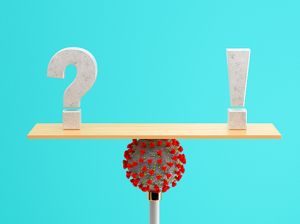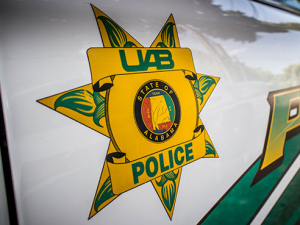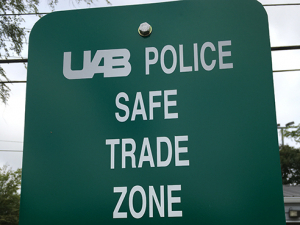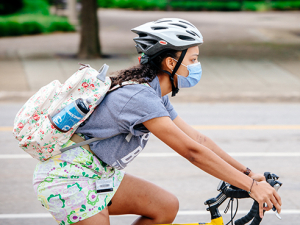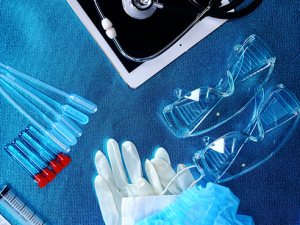Editor's Note: The information published in this story is accurate at the time of publication. Always refer to uab.edu/uabunited for UAB's current guidelines and recommendations relating to COVID-19.
Big things come from UAB’s research labs: We’ve learned that stem cell-derived heart muscle cells could be used in heart-attack repair and meal-timing strategies can lower appetite and improve fat-burning.
But the best work takes place when researchers adhere to best practices for lab safety, such as wearing the right gear and labeling materials properly, undergoing appropriate training, knowing the rules on lab visitors and materials disposal and staying calm in the case of emergencies.
UAB’s Department of Environmental Health and Safety (EHS) has myriad resources to promote lab safety, from safety and policy manuals to extensive training opportunities and downloadable safety signs. If you work in a lab, follow these six steps to partner with EHS to stay safe and do great work.
Wear the appropriate gear.
Lab safety gear, such as gloves, goggles, coats and gowns, are an employee’s most hands-on line of defense against potentially dangerous materials or processes often utilized in labs.
According to UAB’s
biosafety and chemical safety manuals, gloves must be worn in anticipation of hand contact with hazardous chemicals, blood or infectious or potentially infectious materials. Also, safety goggles must be provided in every laboratory where spills or splashes of chemicals or potentially infectious materials may occur, and they should be worn when necessary, along with disposable or reusable laboratory clothing, such as coats or gowns.
Stay up-to-date on training.
UAB offers substanitial training to help employees embrace best practices for their lab and learn ways to stay safe while working and conducting research. Employees who work in labs are required to undergo training to both fulfill regulatory requirements and to prove understanding of proper practices.
OHS offers training on everything from hazard communications to medical waste management and radiation safety.
Log in to OHS’
Training Decision Tree to find out what training you need.
Stick to the rules for having lab visitors.
UAB has special policies on visitors in labs, both for
minors and adults. For example, visitor 18 or younger are prohibited from entering certain labs and animal activity areas and any areas where work with radioactive materials or radiation — such as X-rays — or acute toxins is underway. In most cases,
consent forms must be signed and submitted to UAB by a parent or legal guardian.
Read the entire policy.
Adult visitors must complete a
consent form requesting clearance to access a lab and an
enrollment form that enables OHS to review work exposures and medical history to ensure all workers in a lab, volunteer or employee, have a safe and healthy work environment.
Label your workspace properly.
Labeling potentially dangerous items or areas in your workplace ensures everyone knows to use materials and equipment in the safest possible way. OHS offers a variety of
downloadable signs and sticker templates for use in labs, from generic biohazard and emergency eye wash station signs to labels designating nanomaterials and cancer hazards.
Dispose of all materials appropriately.
Disposing of all hazardous waste materials properly ensures physical safety of lab workers and the environment. Learn to
dispose of waste correctly on the OHS website and in safety training courses. Some non-hazardous materials, such as pipette tip
boxes and
gloves, can be recycled through
UAB Sustainability.
Memorize your emergency procedures.
Even when all precautions are taken in a lab, accidents can happen. Understanding the steps to take in an emergency can be the difference between danger and safety.
OHS safety manuals and policies dictate ways to respond to hazardous spills, fire or personal injury requiring medical treatment.
Once resolved, many types of emergencies must be reported to OHS at 934-2487 or by email to
safety@uab.edu. Visit the
OHS website for more information.
 Staying COVID safe
Staying COVID safe
Effective March 24, previously published guidance on resumption of laboratory research at UAB is suspended. Under new guidance, masks are required at all times and efforts should be made to keep lab personnel density as low as practical. Social distancing should be practiced when possible. Guidance for Human Subjects Research dated March 17 is current, and its recommendations should be followed.

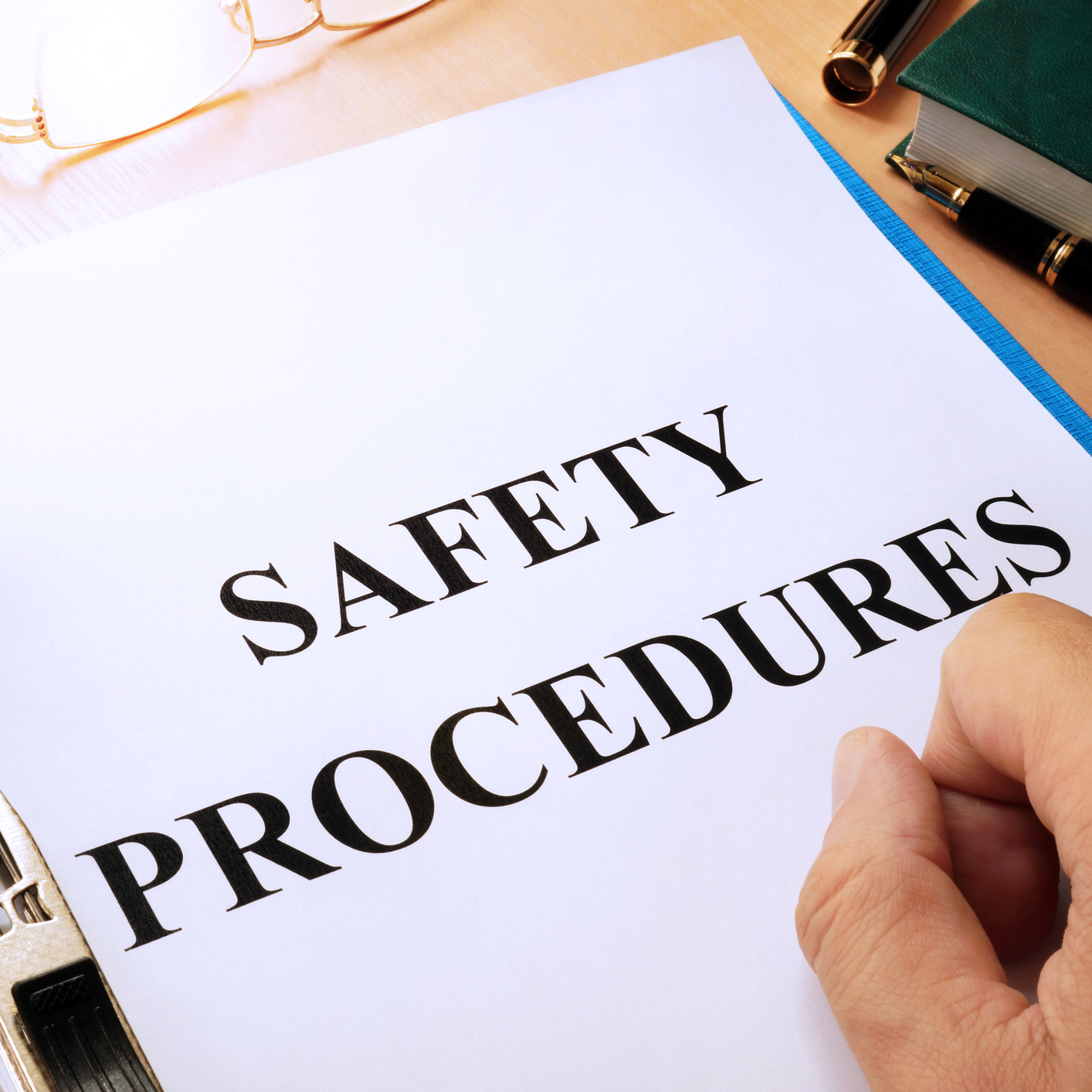
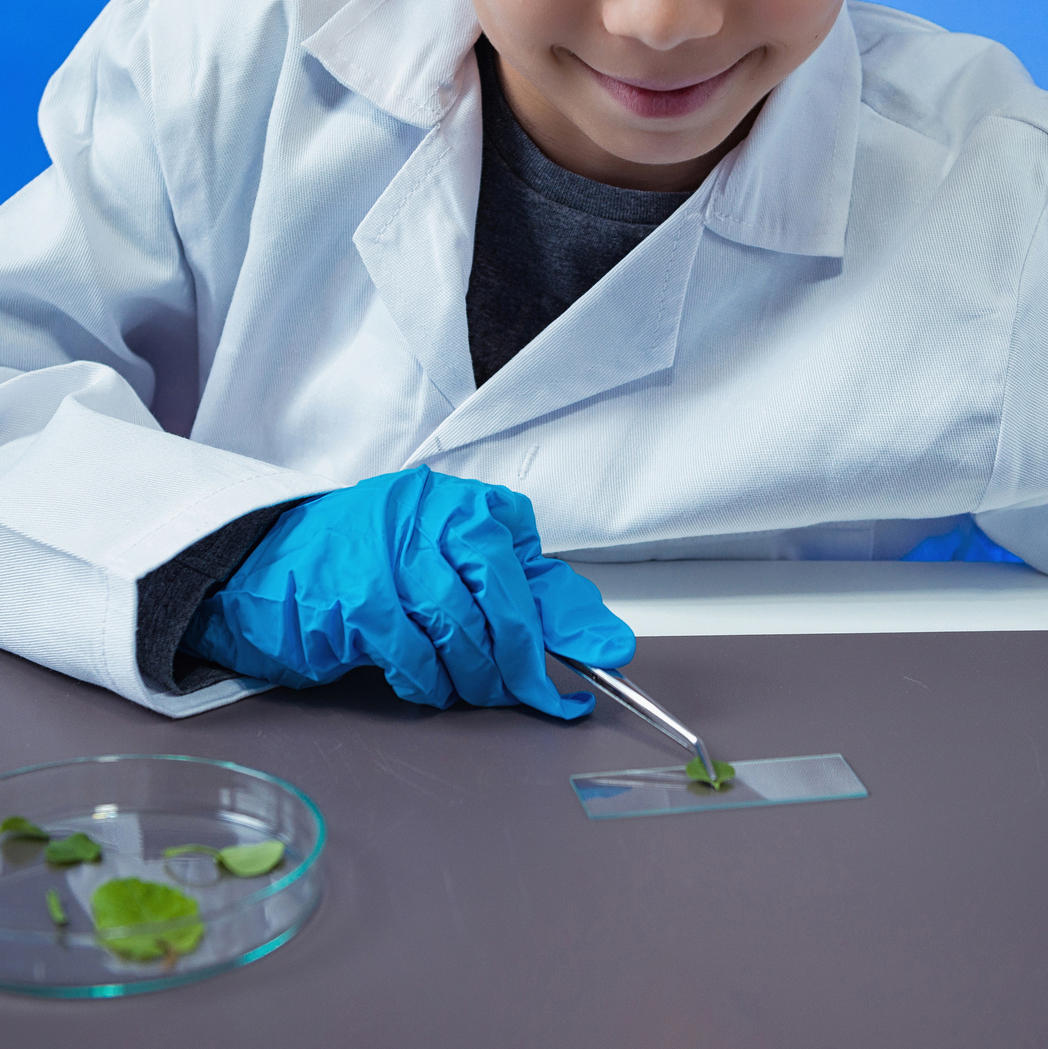
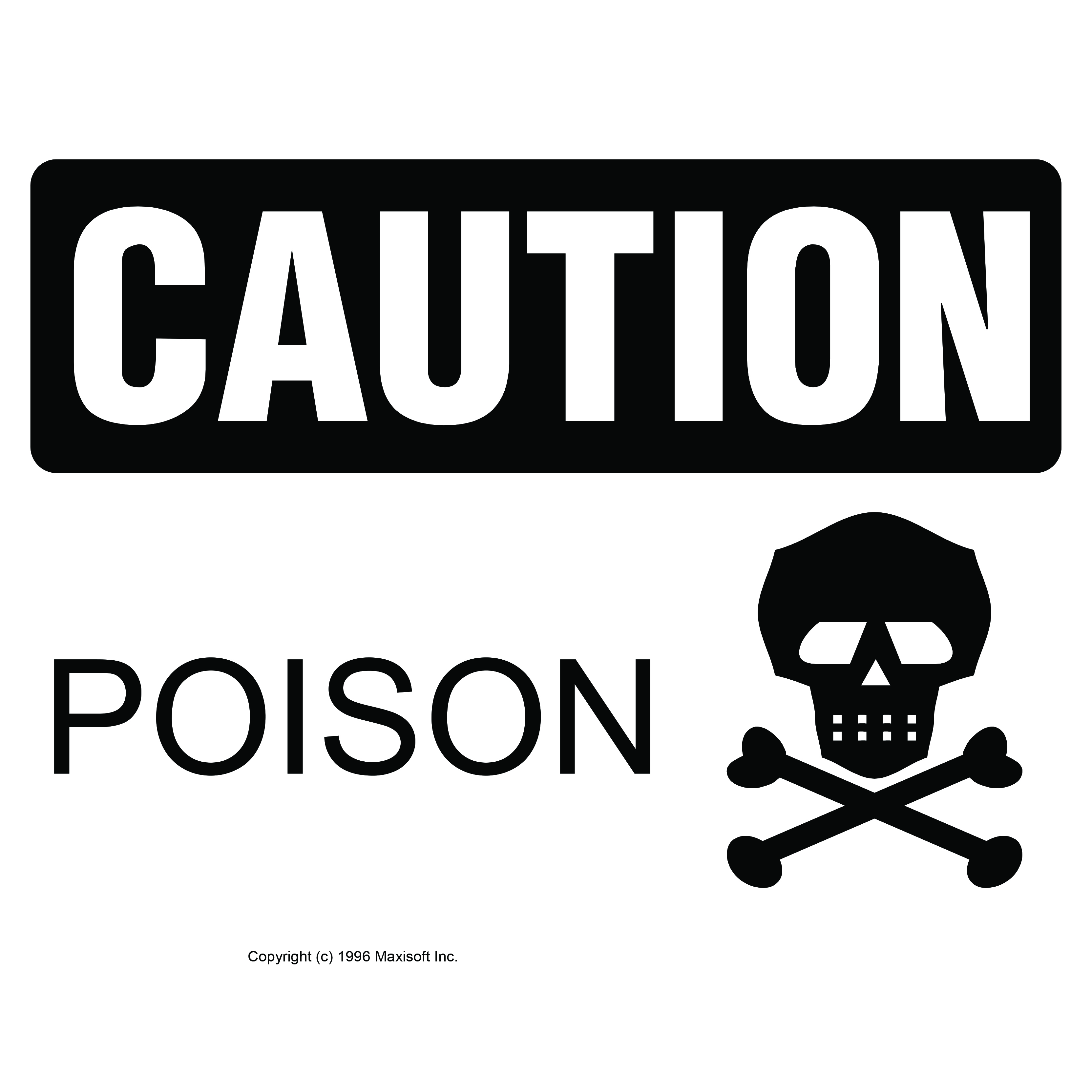
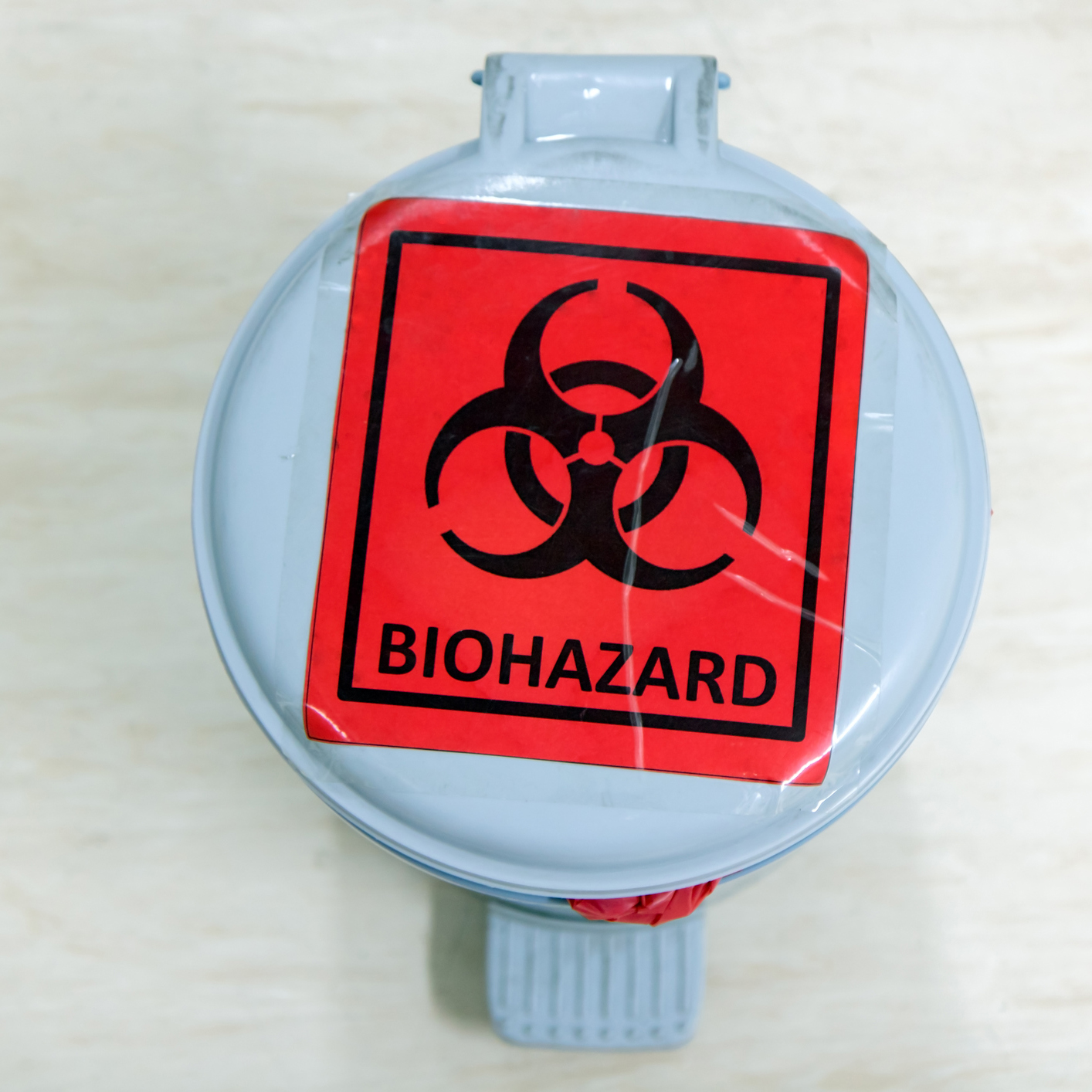

 Staying COVID safe
Staying COVID safe

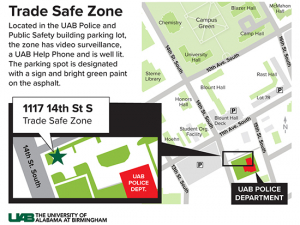
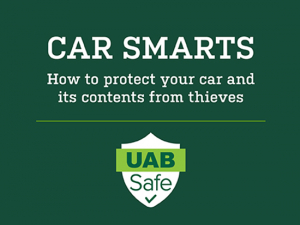



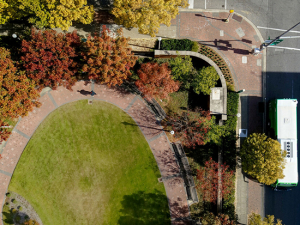
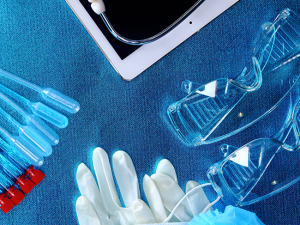

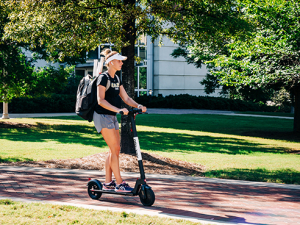


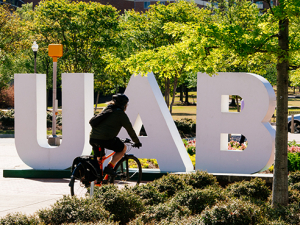


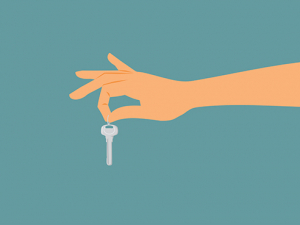
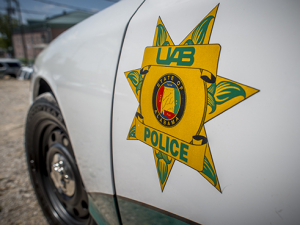


 UAB is committed to fostering a safe and inclusive environment for all Blazers. From mobile apps to bus escort services to B-Alerts and more, make sure you’re up to date on all the ways to stay safer on campus.
UAB is committed to fostering a safe and inclusive environment for all Blazers. From mobile apps to bus escort services to B-Alerts and more, make sure you’re up to date on all the ways to stay safer on campus.